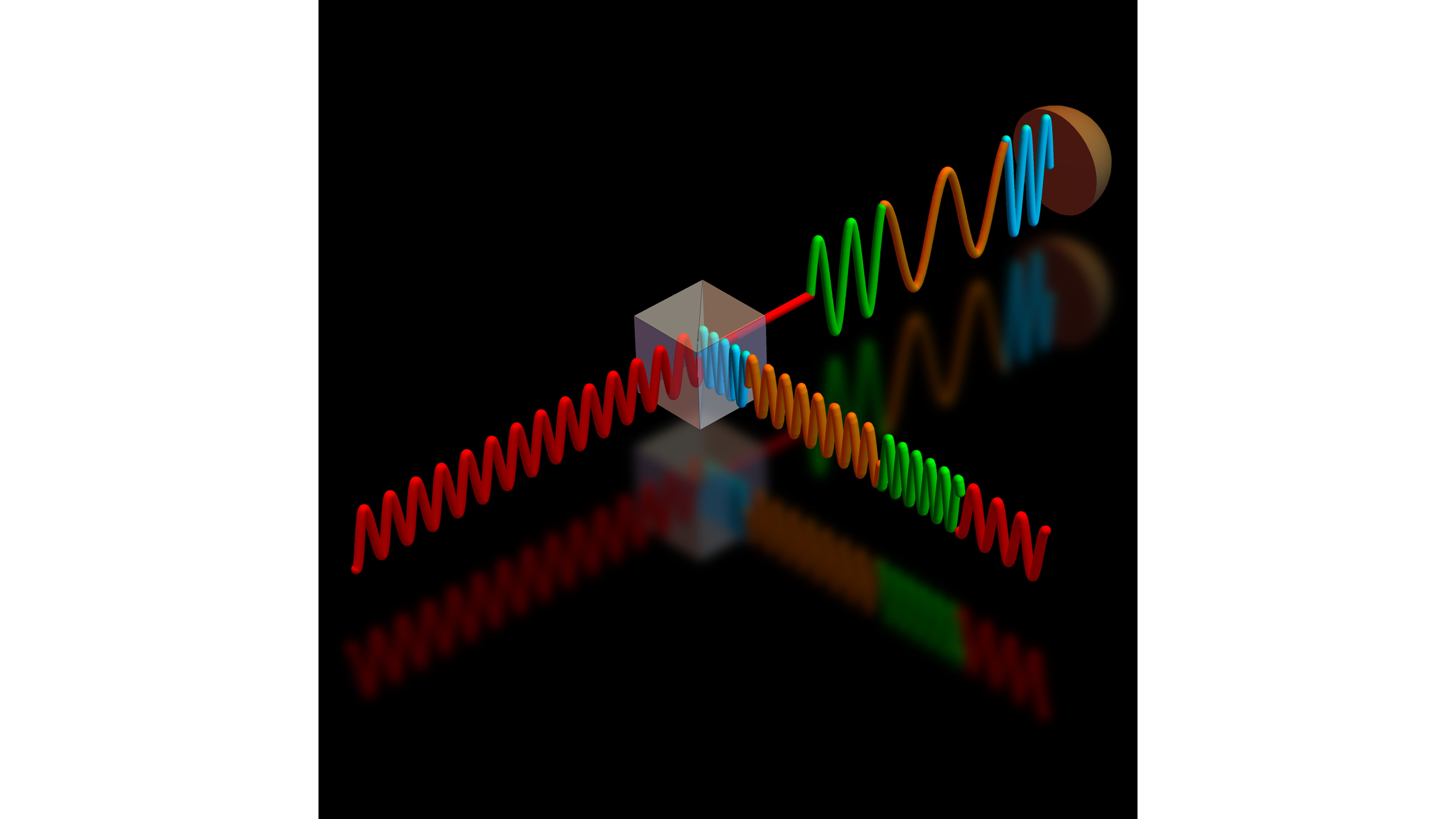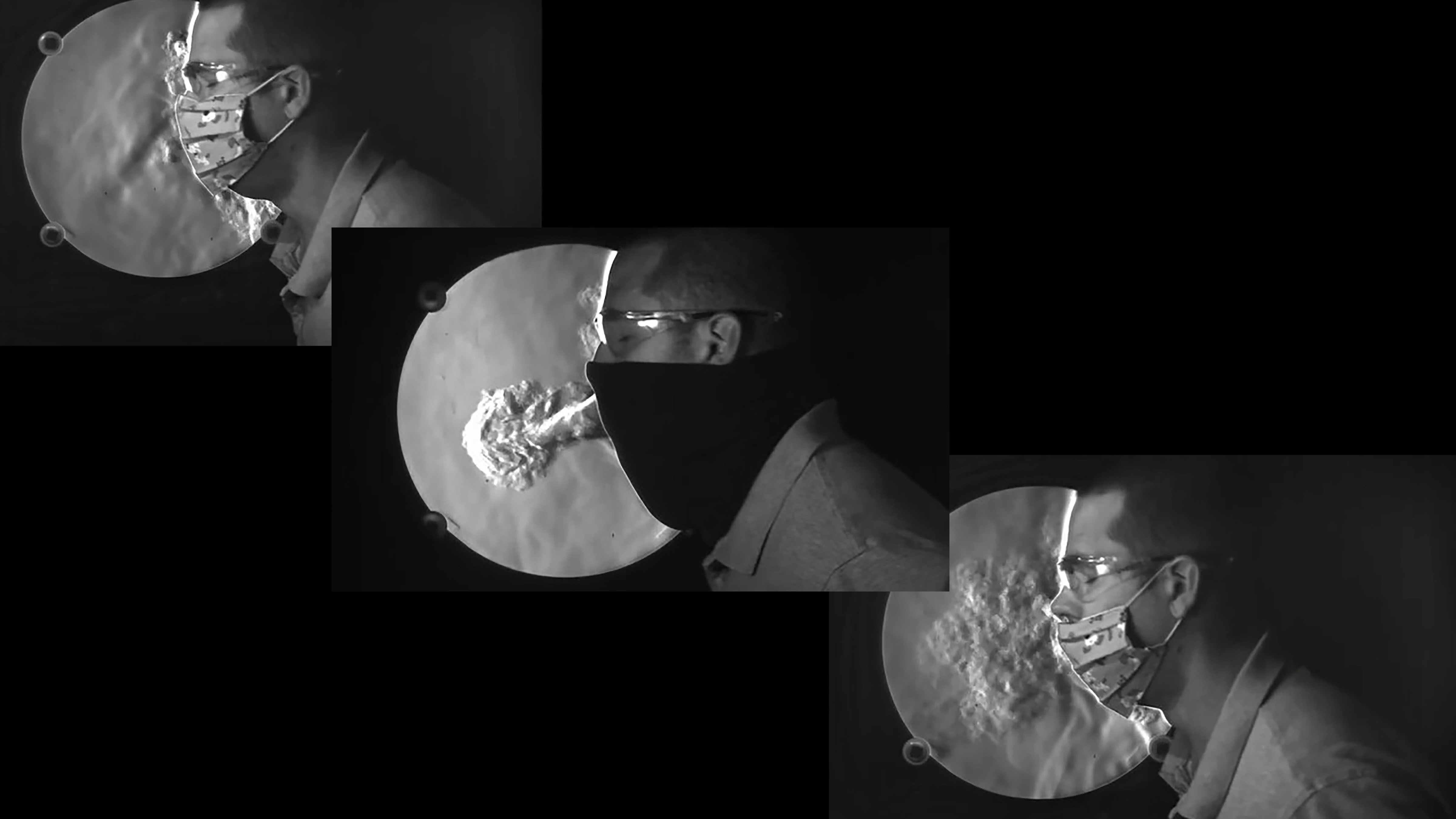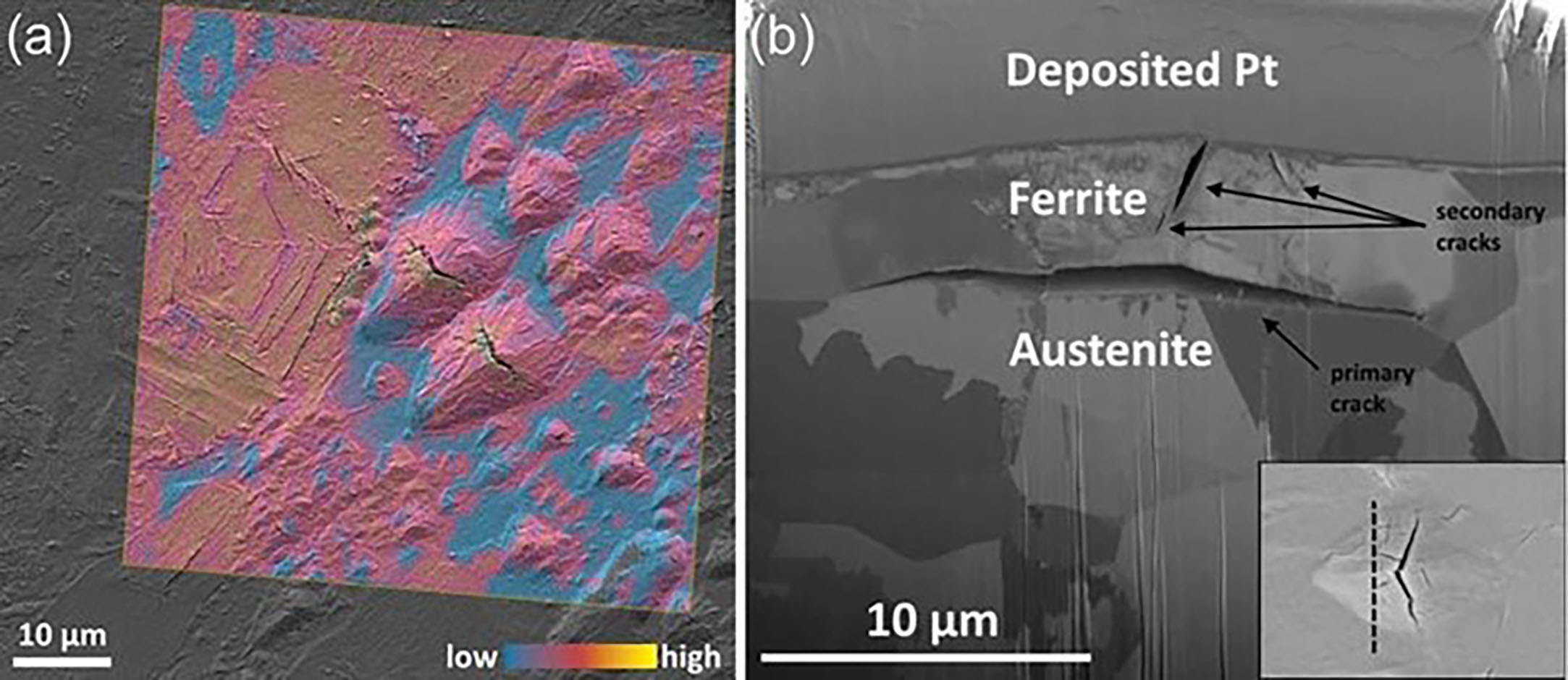The University at Albany has been selected to contribute to a national research consortium that will support and demonstrate pathways to developing safe and trustworthy artificial intelligence.
Tag: National Institute Of Standards And Technology
Engineers explore innovative ways to improve resilience of coastal structures
University of Miami engineering and ocean sciences faculty members received federal research funding recently to delve into how they can strengthen coastal buildings and seawalls in the face of climate change.
Indoor Lighting Creates Power for Rechargeable Devices, Sensors
As more devices require recharging their batteries, researchers are looking to ambient lighting as a potential source of generating small amounts of power for indoor devices. The researchers used one lighting source, a white LED akin to normal brightness for indoor lights, to test three different modules — a gallium indium phosphide semiconductor, a gallium arsenide semiconductor, and a silicon semiconductor. The light source peaked in intensity on the shorter wavelengths of light.
Measuring Photovoltaic Performance Indoors
As photovoltaic technology continues to progress, PV devices’ applications in harvesting energy from indoor ambient light have become more realistic. Some combinations of PV material and light source can be more efficient in converting power than the same material under solar illumination, and a better understanding of these relationships is needed to fully characterize the behavior of solar cells under very low illumination conditions.

Boosting Fiber Optics Communications with Advanced Quantum-Enhanced Receiver
Fiber optic technology is the holy grail of high-speed, long-distance telecommunications. Still, with the continuing exponential growth of internet traffic, researchers are warning of a capacity crunch. In AVS Quantum Science, researchers show how quantum-enhanced receivers could play a critical role in addressing this challenge. The scientists developed a method to enhance receivers based on quantum physics properties to dramatically increase network performance while significantly reducing the error bit rate and energy consumption.

Valves on N95 Masks Do Not Filter Exhaled Droplets
Matthew Staymates, fluid dynamicist at the National Institute of Standards and Technology, is studying different mask types to determine which are the most effective at reducing disease transmission. In Physics of Fluids, he describes exploring the basic flow dynamics of N95 masks with or without exhalation valves. To do this, he generates stunning video from his schlieren imaging, a method to visualize the fluid flow away from the surface of an object, and light scattering.

Hydrogen Embrittlement Creates Complications for Clean Energy Storage, Transportation
Hydrogen is becoming a crucial pillar in the clean energy movement, and developing safe and cost-effective storage and transportation methods for it is essential but complicated, because hydrogen can cause brittleness in several metals including ferritic steel. Recent advancements are starting to provide insight into the embrittlement process. A review of various methods in Applied Physics Reviews improves the understanding of the structure, property, and performance of ferritic steels subjected to mechanical loading in a hydrogen environment.
Diet, Nutrition Have Profound Effects on Gut Microbiome
A new literature review from scientists at George Washington University and the National Institute of Standards and Technology suggests that nutrition and diet have a profound impact on the microbial composition of the gut.